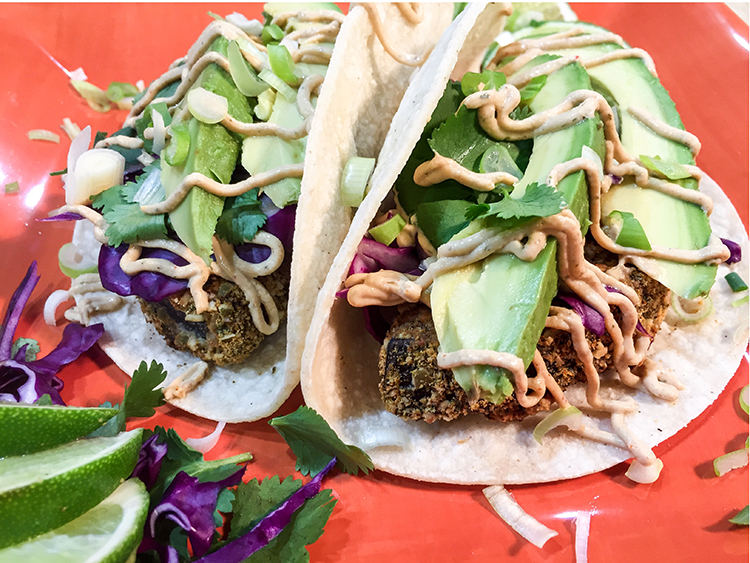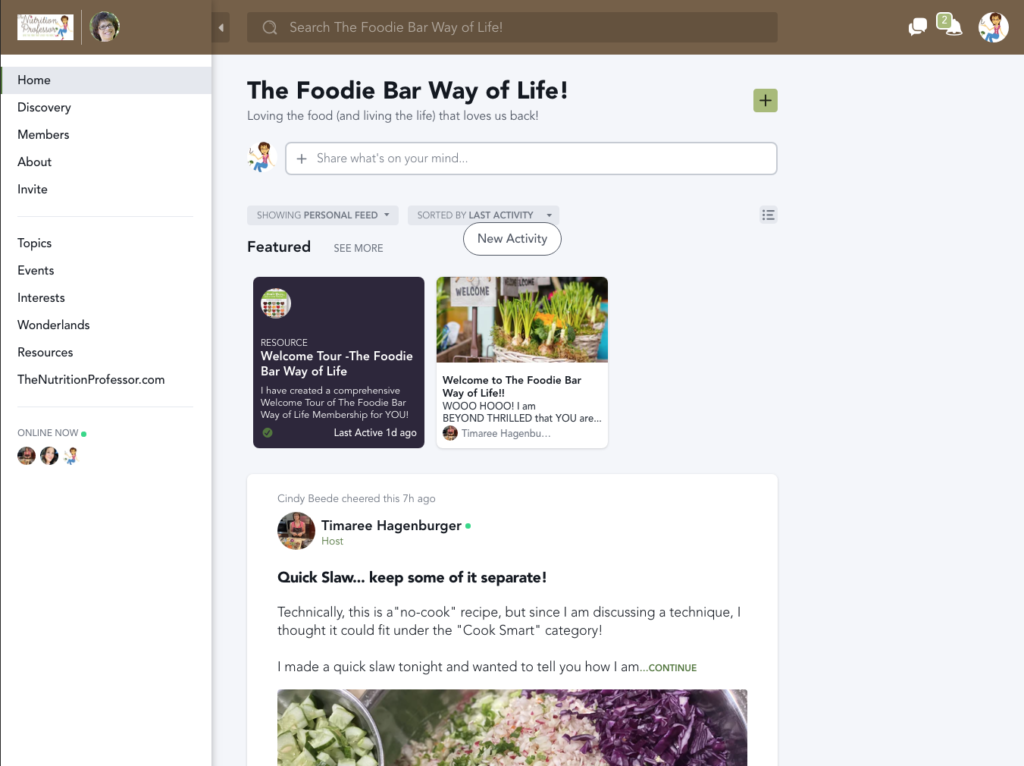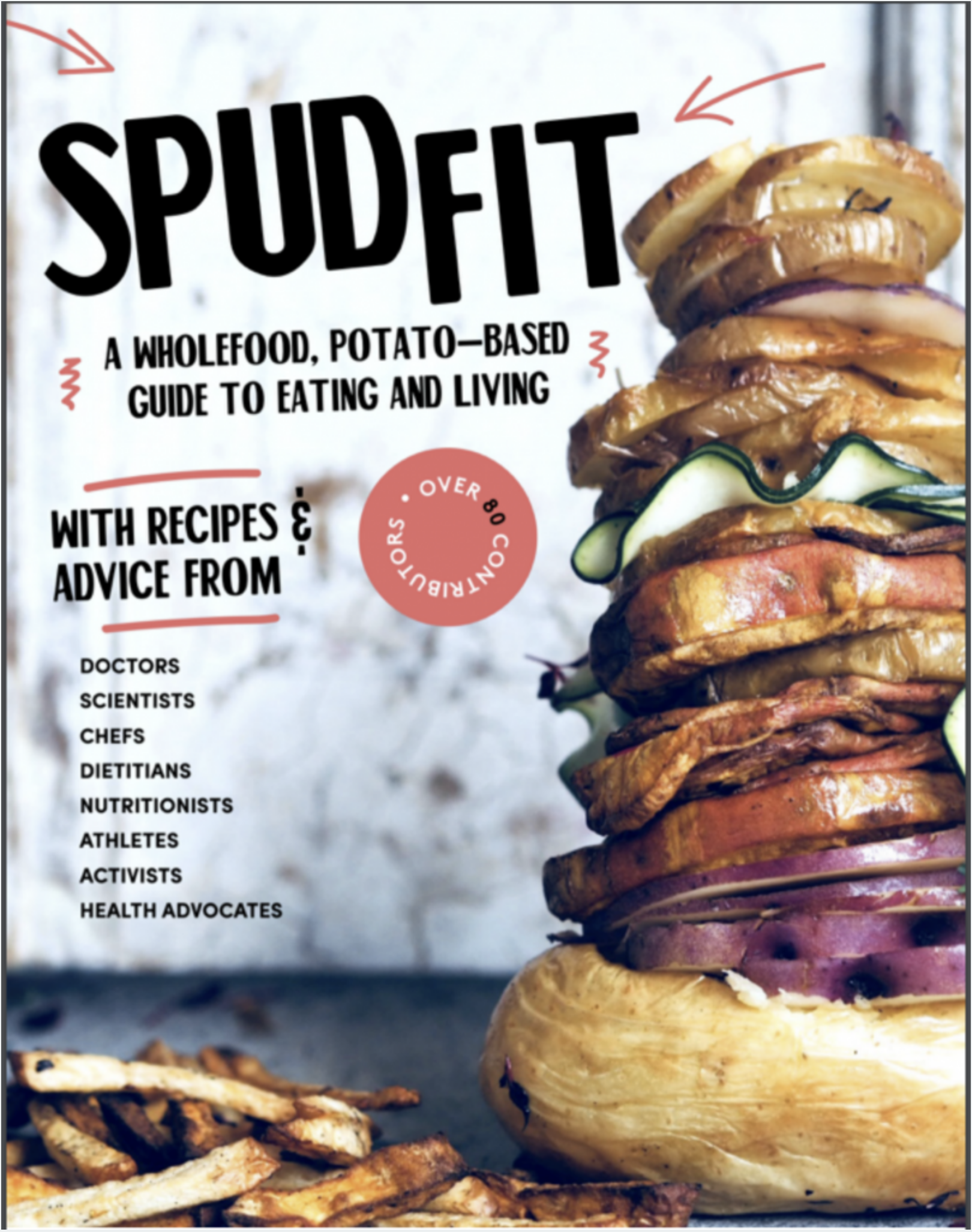This month, in our “Excuse-itarian to Do-er” series, we are tackling excuse #3 – one that I have heard over and over… “I just can’t seem to stick with my new eating habits.” When we do things again and again, they become habits, since we develop “muscle memory” and create a “mental autopilot” scenario. Those often keep us stuck in our “old ways” of doing things, even when we’d prefer a different response. My former nutrition student, Vanessa Romo, who is currently at Sac State pursuing her bachelor’s degree in nutrition, is back to share a favorite recipe and her advice for making the habit of nourishing yourself with nutrient-rich food, actually stick!
Timaree: “Vanessa, tell me why you think that it can be tough for us to make new habits that last.”
Vanessa: “Sometimes, it can feel like the habits that help us the most, such as keeping our living spaces clean and organized are the hardest to maintain. Many people find it much easier to drop their belongings in any random spot after a long day. However, the extra time and effort it takes to put things back in their “home” is well invested, and pays off when you go to locate your keys, or other items. I think that the same concept applies to eating habits. It may seem easy to eat “whatever” you please, without thinking about the consequences your food choices have on your body, until it is too late.”
Timaree: “I absolutely agree! We want to help people set themselves up for continued success, so where would you recommend starting?”
Vanessa: “The first step in creating any new habit is to WANT IT! This step sounds so simple, but I think that is the most important, because if you do not want it badly enough, you will simply stop. There are so many reasons why someone would want to transition to plant-based, whole foods: more energy, feeling great physically and mentally (improved mood), meeting your nutrient needs, forgetting about what being constipated feels like, reducing and/or eliminating the need for many medications, having a positive impact on our environment, and the list goes on.”
Timaree: “These “whys” are really important, and I encourage everyone to take it a bit further and ask “why” multiple times, until we get down to the reason that really speaks to us. It is easy to say that you want to be healthy or lose weight, but if you keep asking why and get to the bottom of it, you will realize that a much stronger motivation exists (e.g. be an example of how good a healthy life can be for my parents, kids or grandkids). Now, be careful here, and only choose ONE why! This may sound a bit odd, but research shows that having more than one main reason, actually dilutes motivational power! Make it simple and tap into the power of ONE! Now that we are clear about our “why,” what is next?”
Vanessa: “I think the second step is to actually begin adopting a plant-based lifestyle. Changes do not have to be rapid, if that does not work for you. You can begin by taking small steps, by eliminating specific animal foods, processed foods and adding more and more vegetables to your daily meals. Some people find it is easier to make gradual changes, and are then more likely to stick with those new habits. For other people, however, it is better to dive right in and make big changes so they will see results quickly. It is all a matter of figuring out what works better for you!”
Timaree: “This is so true! For many, a gradual approach just doesn’t work, and going “all in” and committing 100% makes it so much easier to rely on thoughtful decisions made ahead of time, instead of willpower. Plus, they get to experience the benefits and feel better, right away! What do you think about a cheat day or special occasions?”
Vanessa: “When going to social or family events, people will offer you foods that you may not be eating and can get pushy, causing you to feel pressured. It is very easy to fall into the “special events” trap and make exceptions, trying to justify that “cheating” your habit is okay. Soon, you’ll find you’ve left your habit in the dust, since we can always find a special occasion and forget that we are actually cheating ourselves.”
Timaree: “I also find that if we aren’t consistent, others around us don’t take our decisions seriously and it becomes hard to earn their respect and eventually get their support.”
Vanessa: “Social pressure can be very tough at the beginning of your transition, because people are not used to it and it may be hard to accept that you are making different choices. For me, that is exactly what happened. People questioned me a lot and asked me why I was not eating meat anymore. They thought it was strange and was sure it would be temporary. Some people even tried to talk me out of it. Since I have been consistent now for four years, everyone who knows me, knows that I am not going back and that I am thriving. People accept my decision because I stayed true to myself and they love it when I make delicious food to share. This is why the first step of forming a habit is so important. If your “why” is clear to you and others, you will remain consistent, instead of falling into the cheating trap.”
Timaree: “That cheat and regret cycle is just plain awful, as it keeps the cravings alive and undermines our integrity! Now let’s talk about using the incredible power of implementation intentions (if/then scenarios) to stay consistent and preserve willpower for other things. Can you think of a situation when this could be useful?”
Vanessa: “During this time of year, my family celebrates Lent, and had a family tradition of eating fish on Fridays. Last year, I shared my recipe for Cauliflower Ceviche on your website and a few months ago I made an eggplant “parmesan” recipe from Angela Liddon’s cookbook, Oh She Glows EveryDay. It was simple to make and very delicious! I couldn’t help but think that the texture of the eggplant was similar to fish and it even looked like breaded fish. So, I recreate this recipe into a “fish” taco, and it turned out great! Your friends and family are going to enjoy it, whether they eat fish (or eggplant) or not, because good food is just, good! Leftovers reheat well in the microwave, too. So, here’s my implementation intention: “When we get together as a family for Friday dinners during Lent, I will bring my Eggplant “Fish” Tacos or Cauliflower Ceviche to share with everyone.”
Timaree: “I absolutely LOVE that you make one of your dishes, and everyone is satisfied and able to continue the Friday family tradition in a way that truly loves them back.”
Vanessa’s Eggplant “Fish” Tacos
When I made these tacos at home, my husband surprised me because he isn’t a fan of eggplant, but enjoyed every bite. He couldn’t believe how good they were! Way to go, Vanessa!
Ingredients
1 large eggplant (leave peel on, but make cuts in peel every 3/4 inch), cut into thick rounds (about ½”) and then into half moons
Fine sea salt
For the batter:
1 cup unsweetened plant milk
1/2 cup of whole grain flour
1/4 cup cornmeal
1 tsp apple cider vinegar
1/4 tsp black pepper
1 tsp dried oregano
1 tsp dried basil
For the breading:
1/2 cup raw pepita (pumpkin) seeds, toasted
1/2 cup raw sunflower seeds, toasted
4 Tbsp nutritional yeast
½ tsp of salt (optional)
1 tsp garlic powder or more to taste
3/4 tsp smoked paprika
1/2 tsp celery seed + 1/2 tsp black pepper or (~1/2 Tbsp Old Bay Seasoning)
2 tsp dulse granules or 2 Tbsp nori flakes (optional)
Creamy Chipotle Sauce:
1 cup vegan mayonnaise (homemade without oil – recipe in The Foodie Bar Way)
1/2 tsp pure maple syrup
1 Tbsp of sauce from chipotle in adobo, or more to taste
1 lime – zest and juice
1/2 tsp dried dill – optional
1 tbsp chopped chives or scallions (very finely chopped)
~14 corn tortillas, lettuce or cabbage leaves
Suggested taco toppings:
Shredded purple cabbage
Fresh cilantro
Scallions, chopped small
Avocado
Fresh cut tomatoes
Fresh lime
Procedure
- Preheat oven to 450 ºF
- Sprinkle each eggplant slice with salt and place in a colander. Let stand for ~20 minutes until salt begins to draw out the water.
- In the meantime, whisk together the soy/almond milk, flour, cornmeal, pepper, oregano and basil in a medium bowl.
- Make the breading by combining all of the ingredients (pepitas through dulse/nori), in a food processor and pulse until nearly powdered.
- Rinse and dry each piece of eggplant, then dip into the batter and press into breading to coat well. Place each piece on a baking sheet lined with parchment paper. Make sure they are not too close to each other.
- Bake for 20-24 minutes until crisp, flipping once, halfway through.
- While the eggplant is baking, prepare the sauce by whisking together all the ingredients (or combining in blender), and transfer to squeeze bottle or zip-top bag (carefully cut tip of one corner off to squeeze out). Assemble your desired toppings (cut tomatoes and limes, shred cabbage, chop scallions and cilantro, slice avocado, etc.)
- Serve in warm corn tortillas, drizzled with sauce, toppings and a squeeze of fresh lime juice. ENJOY!
Timaree Hagenburger, a registered dietitian and certified exercise physiologist with a master’s degree in public health, loves working with students like Vanessa, as a nutrition professor at Cosumnes River College.(Check out the Plant-Based Nutrition & Sustainable Agriculture certificate program!) Timaree also conducts corporate wellness work, has a regular segment on California Bountiful TV and published her first cookbook – The Foodie Bar Way: One meal. Lots of options. Everyone’s happy. Available at www.FoodieBars.com She posts her articles, videos, recipes and podcast interviews, as well as upcoming speaking engagements here at www.TheNutritionProfessor.com


 Order and learn more at www.FoodieBars.com
Order and learn more at www.FoodieBars.com

 This is a first for me... Some of MY recipes are part of a rock star compilation cookbook put together by Andrew Spud Fit Taylor!! Order it today!
This is a first for me... Some of MY recipes are part of a rock star compilation cookbook put together by Andrew Spud Fit Taylor!! Order it today!